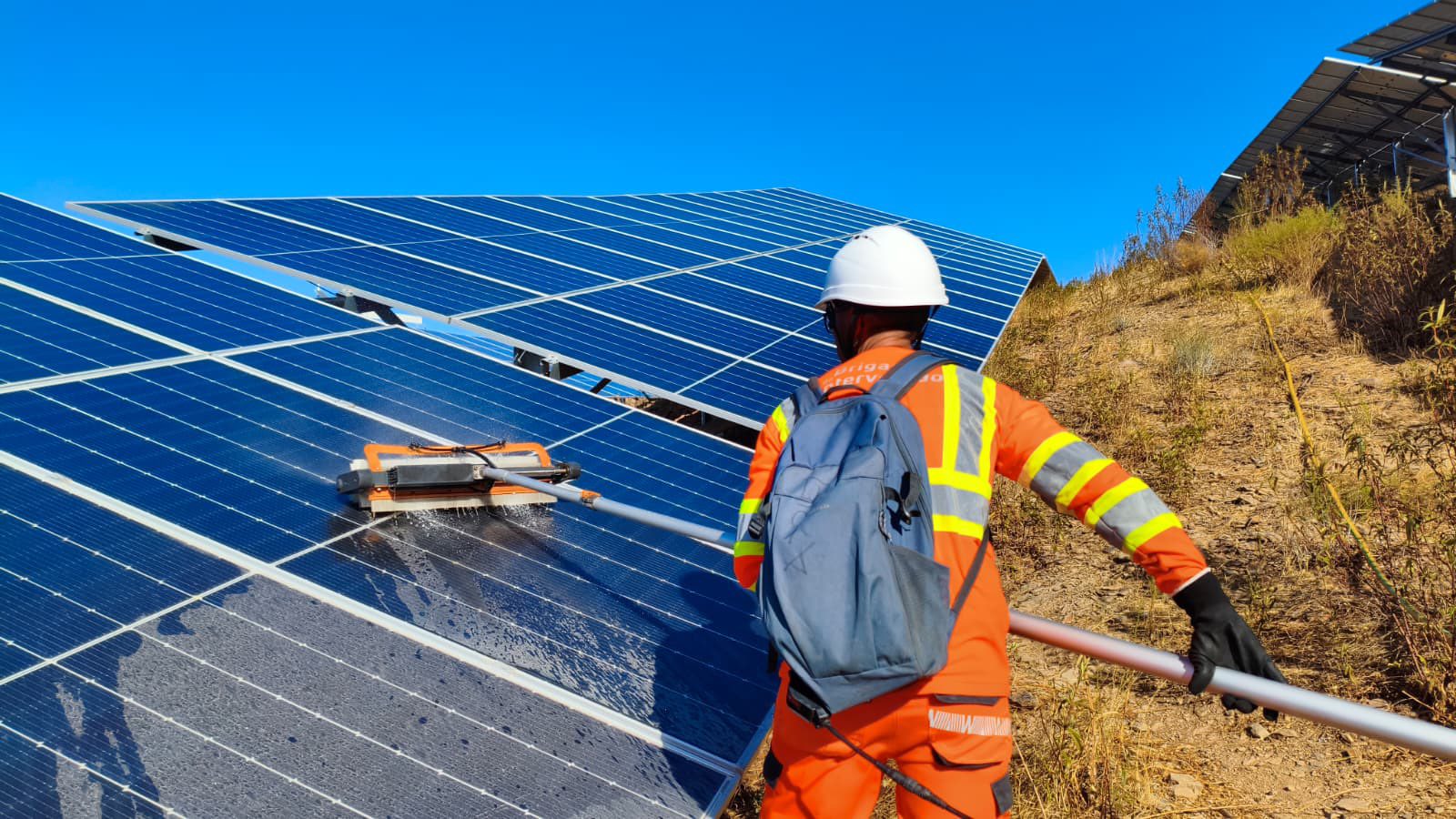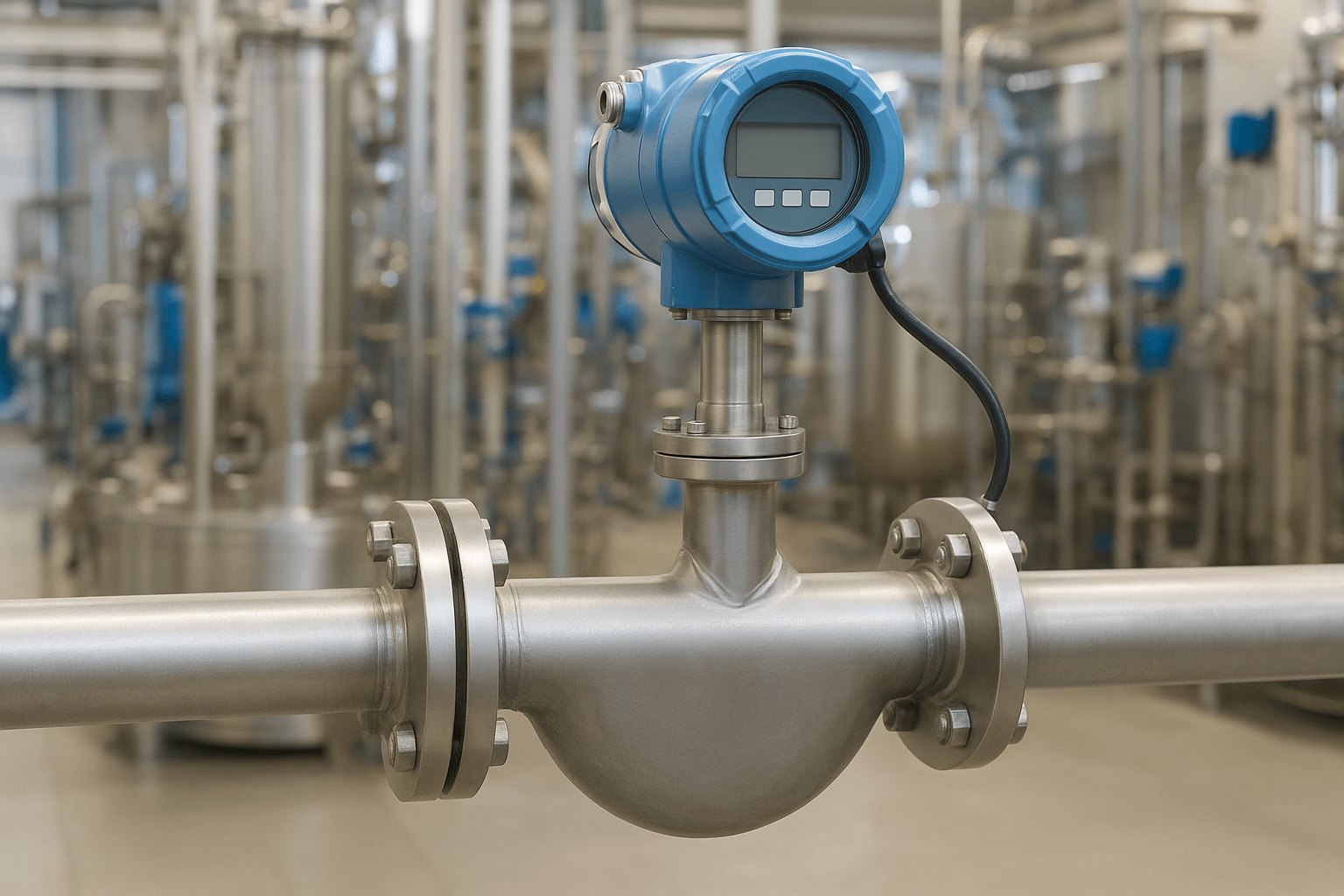Precautions for Students to Use CO2 Laser Engraving Cutting Machine
CO2 laser engraving and cutting machines are valuable tools for students learning about design, engineering, and manufacturing. These machines allow for precise cutting and engraving on various materials, making them popular in schools, colleges, and makerspaces. However, as with any powerful equipment, proper safety measures must be followed to ensure students can use them effectively without risk. In this blog post, as a high performance laser cutter for education provider, Good-Laser will share the precautions for students to use CO2 laser engraving cutting machine.
1. Understand How the Machine Works
Before using a CO2 laser engraving and cutting machine, students must understand its working principles. The machine uses a high-powered laser beam to cut or engrave materials by burning, melting, or vaporizing them. This process produces heat, smoke, and potentially harmful fumes, making it necessary to follow strict safety protocols.
2. Wear Proper Safety Gear
While using a CO2 laser engraving and cutting machine, students should always wear appropriate safety gear, including:
- Safety Glasses: Even though most laser cutting machines are enclosed, wearing laser safety glasses designed for CO2 lasers adds an extra layer of protection.
- Gloves: When handling materials, especially sharp-edged pieces, protective gloves can help prevent cuts or burns. However, gloves should never be worn when directly interacting with the machine' s moving parts.
- Face Mask or Respirator: Depending on the material being cut, fumes and particles may be released. A face mask or respirator can help prevent inhalation of harmful substances.
3. Use the Machine in a Well-Ventilated Area
Laser cutting produces smoke, fumes, and sometimes toxic gases, depending on the material. Students must ensure that the machine is used in a well-ventilated area with an active exhaust system. Many CO2 laser cutting machines have built-in ventilation systems, but it' s crucial to check that they are functioning correctly before each use.
4. Avoid Cutting or Engraving Hazardous Materials
Not all materials are safe to cut or engrave with a CO2 laser. Students should avoid using materials that release toxic fumes or catch fire easily, including:
- PVC (Polyvinyl Chloride): Releases highly toxic chlorine gas when cut.
- Polycarbonate: Produces a poor-quality cut and can emit dangerous fumes.
- Metals (Without Coating): Standard CO2 lasers cannot cut most metals efficiently without special coatings or treatments.
- Foam and Fiberglass: Can catch fire or release harmful substances.
Before working with any material, students should check if it is laser-compatible and consult their instructor or the machine' s manual.
5. Always Supervise the Machine While in Use
Students should never leave the CO2 laser engraving cutting machine unattended while it is operating. Even with proper safety measures, fires can still occur due to material ignition or malfunctions. If an issue arises, students must be able to stop the machine immediately and take necessary action.
6. Keep a Fire Extinguisher Nearby
Since CO2 laser machines generate high heat, there is always a risk of fire. Students should ensure that a fire extinguisher rated for electrical and combustible material fires (Class ABC extinguisher) is available in the workspace. They should also be trained on how to use it in case of an emergency.
7. Maintain the Machine Regularly
A well-maintained machine is safer and more efficient. Students should:
- Clean the Lenses and Mirrors: Dirty optics can affect laser performance and increase fire risk.
- Check the Exhaust System: Ensure that fumes and smoke are being properly extracted.
- Inspect and Replace Parts as Needed: Regularly check belts, nozzles, and cooling systems for any signs of wear or malfunction.
8. Set the Correct Laser Power and Speed
Using incorrect power and speed settings can lead to poor-quality cuts, excessive burning, or even fire hazards. Students should:
- Follow recommended settings for different materials.
- Start with lower power settings and gradually increase if needed.
- Avoid using excessively slow speeds on flammable materials.
9. Keep the Work Area Clean and Organized
A cluttered workspace increases the risk of accidents. Students should:
- Remove unnecessary objects from the laser cutting bed.
- Ensure that the material is properly secured to prevent movement during cutting.
- Clean up any debris or residue left from previous cuts.
10. Follow Emergency Procedures
Every student using a CO2 laser engraving cutting machine should be trained on emergency procedures, including:
- How to turn off the machine quickly in case of an emergency.
- How to handle minor fires.
- Who to notify in case of a malfunction or accident.
Conclusion
CO2 laser engraving and cutting machines are fantastic educational tools that allow students to explore creativity and engineering. However, safety must always be the top priority. By following these precautions—understanding the machine, wearing proper safety gear, avoiding hazardous materials, and maintaining a clean and well-ventilated workspace—students can enjoy a safe and productive laser cutting experience.
Always remember: safety first, and never take shortcuts when working with powerful equipment like a CO2 laser engraving cutting machine.
www.good-laseredu.com
Good-Laser


